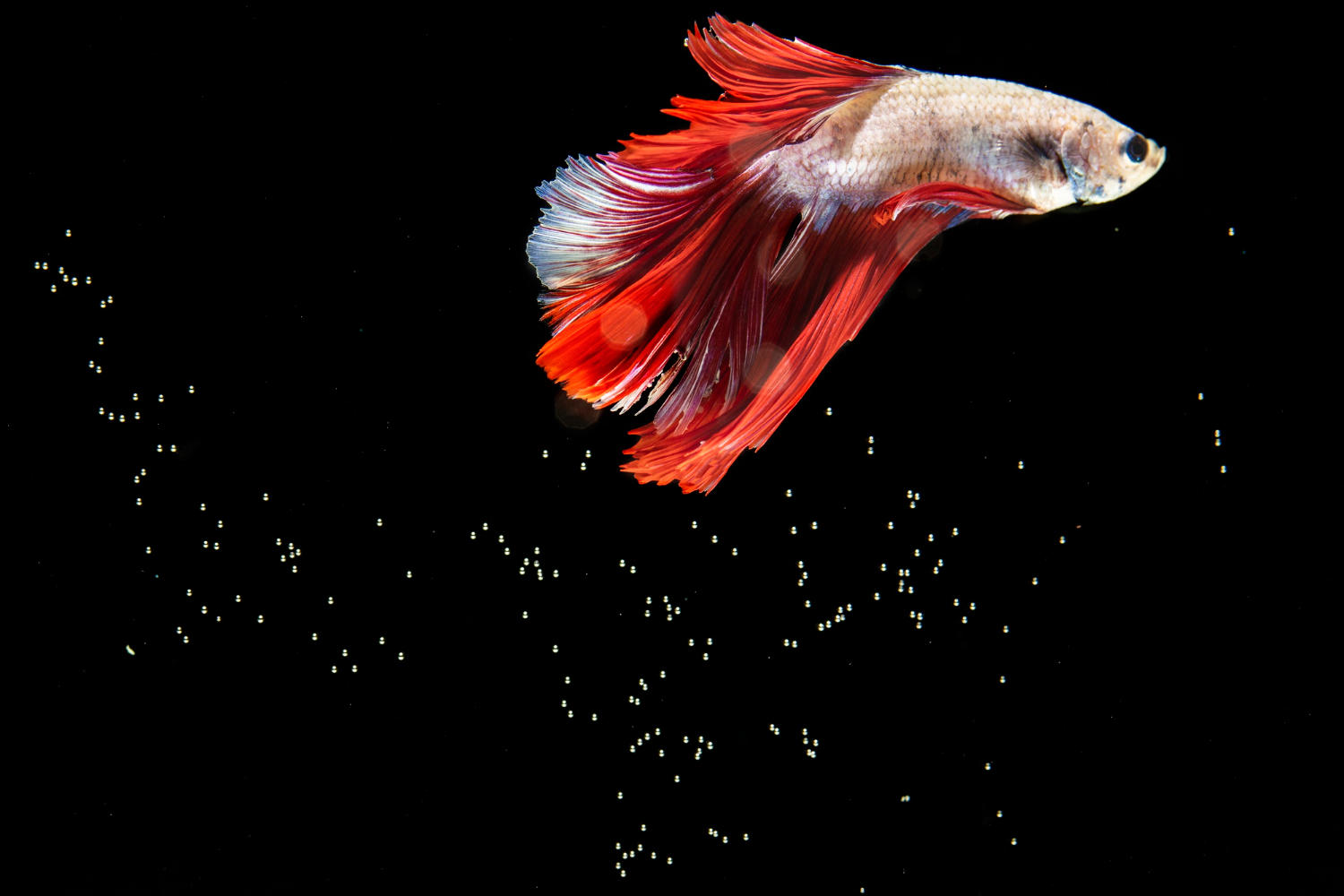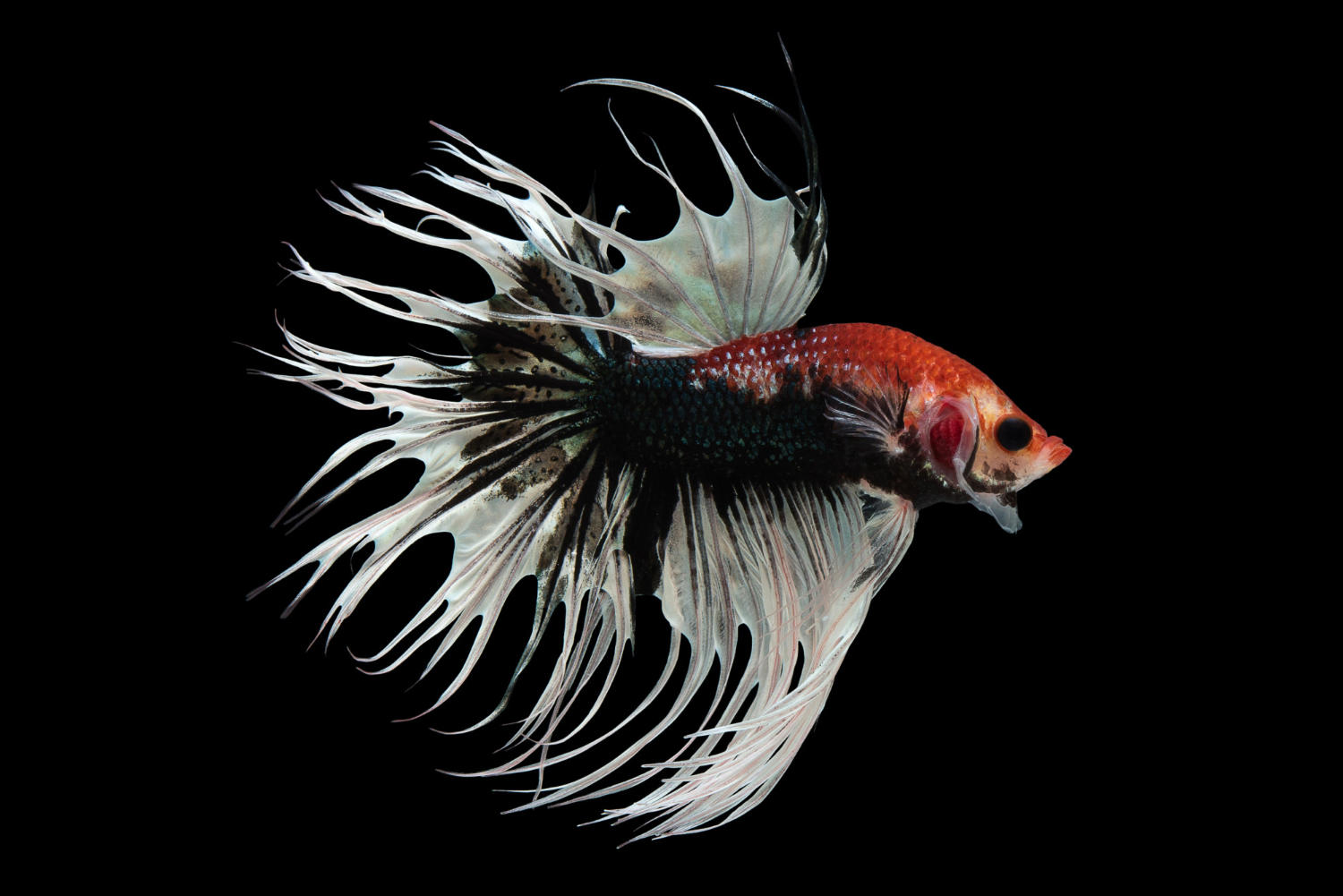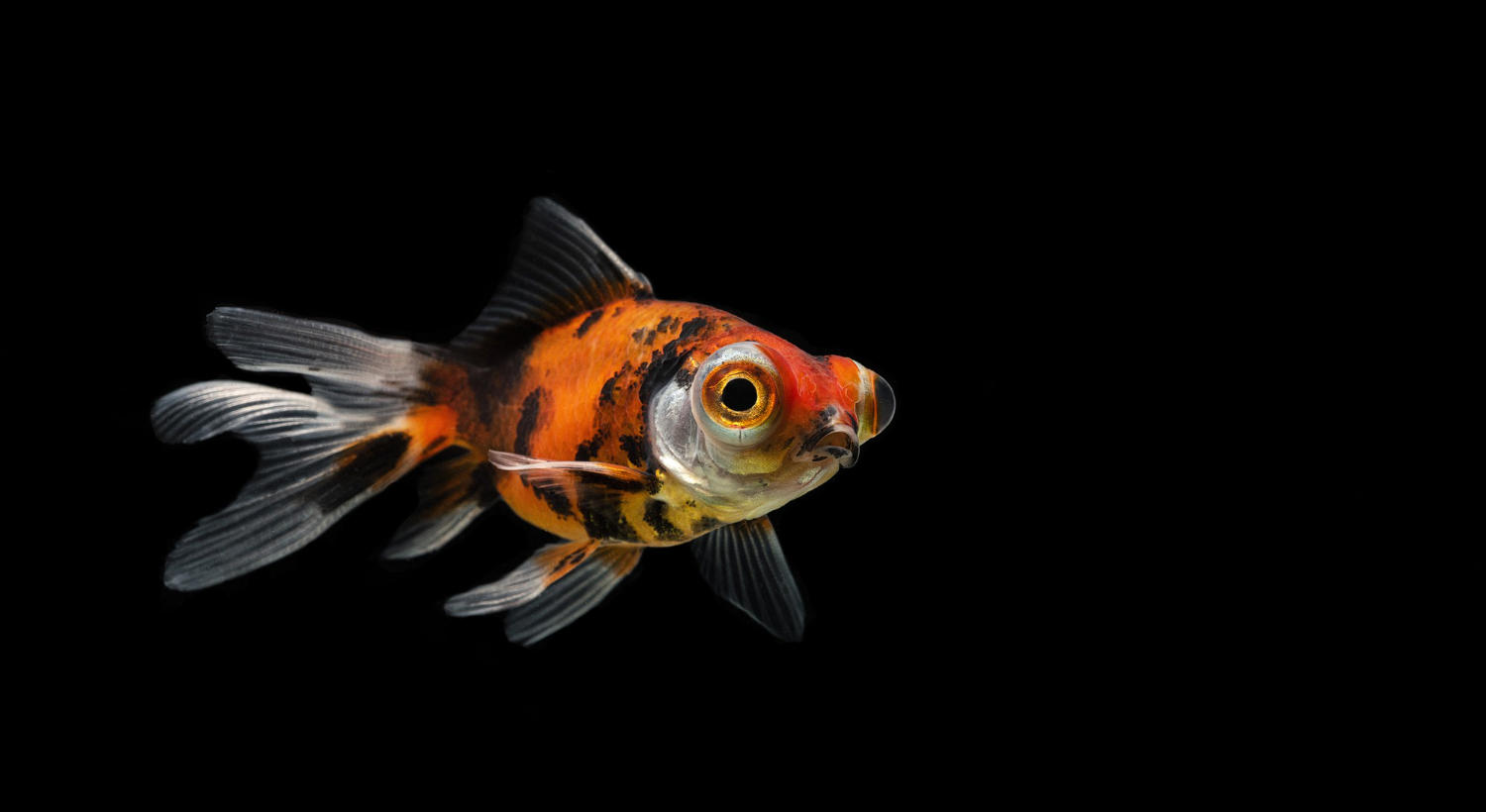If you’re a fish owner, you know how important it is to keep your fish tank clean and healthy. A clean tank means happy and healthy fish, but it’s crucial to clean it in a way that won’t harm your aquatic friends. While cleaning a fish tank might seem like a simple task, it’s important to understand the potential dangers that come with improper cleaning methods. In this blog post, we’ll provide you with safe and effective tips for cleaning your fish tank without harming your fish, so you can keep your underwater ecosystem thriving.
Keeping a fish tank clean is essential to ensure a healthy and happy environment for your fish. However, cleaning a fish tank can be a challenging task, especially if you are new to the hobby. One of the most important things to keep in mind when cleaning your fish tank is to do it safely and without harming your fish. In this blog post, we will discuss some safe and effective tips for cleaning your fish tank without harming your fish.
1. Understand the Nitrogen Cycle
Before you start cleaning your fish tank, it’s essential to understand the nitrogen cycle. The nitrogen cycle is a process that occurs in every fish tank, and it involves the breakdown of fish waste into less harmful compounds. When you clean your fish tank, you disrupt the nitrogen cycle, which can be harmful to your fish. To avoid this, it’s recommended to clean only a portion of your fish tank at a time.
2. Use the Right Tools
Using the right tools is essential when cleaning your fish tank. Avoid using any cleaning products that contain chemicals or detergents, as they can harm your fish. Instead, use a fish-safe algae scraper, a fish tank vacuum, and a fish net. These tools will help you clean your fish tank efficiently without harming your fish.
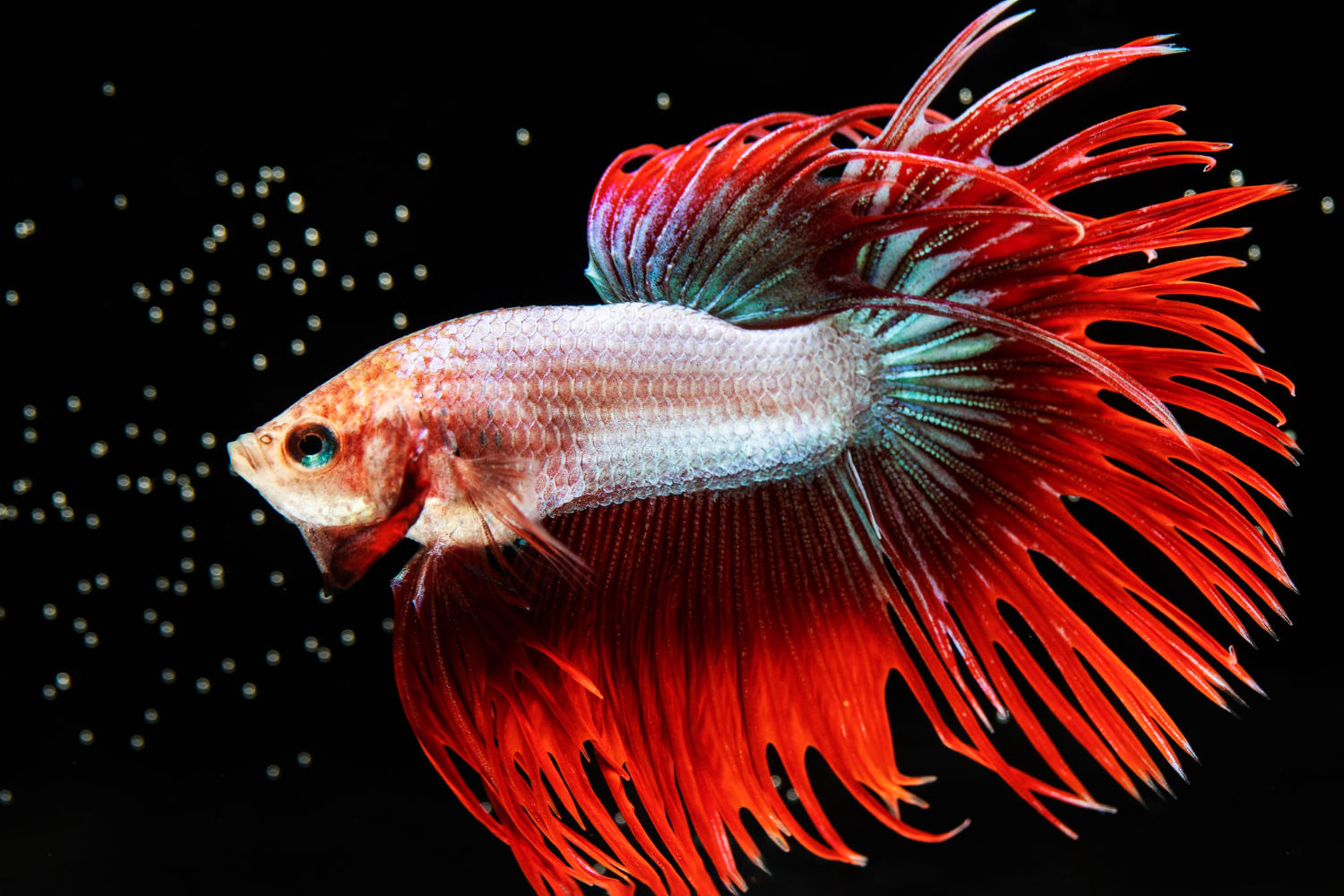
3. Do Not Overfeed Your Fish
Overfeeding your fish can lead to excess waste, which can make your fish tank dirty quickly. Therefore, it’s essential to feed your fish the right amount of food. A good rule of thumb is to feed your fish small amounts of food two to three times a day. This will prevent excess waste and keep your fish tank clean.
4. Clean the Filter
The filter is an essential component of your fish tank, and it’s essential to keep it clean. The filter helps to remove waste and debris from the water, keeping it clean and healthy for your fish. However, a dirty filter can be harmful to your fish. Therefore, it’s recommended to clean your filter once a month.
5. Maintain Water Temperature and pH Levels
Maintaining the right water temperature and pH levels is crucial when keeping your fish healthy. Check your fish tank’s water temperature and pH levels regularly and make adjustments as necessary. Avoid sudden changes in water temperature or pH levels, as they can stress your fish.
In conclusion, cleaning your fish tank is essential to ensure a healthy and happy environment for your fish. However, it’s essential to do it safely and without harming your fish. By following the tips discussed in this blog post, you can clean your fish tank effectively without harming your fish. Remember to clean only a portion of your fish tank at a time, use the right tools, avoid overfeeding your fish, clean the filter, and maintain water temperature and pH levels.
In conclusion, keeping your fish tank clean and healthy is essential for the well-being of your fish. By following these safe and effective cleaning tips, you can maintain a healthy environment for your fish without causing them any harm. Remember to always be gentle and patient when cleaning your tank, and never use any harsh chemicals or tools that could harm your fish. With regular maintenance and a little bit of effort, you can enjoy a beautiful and thriving fish tank for years to come.


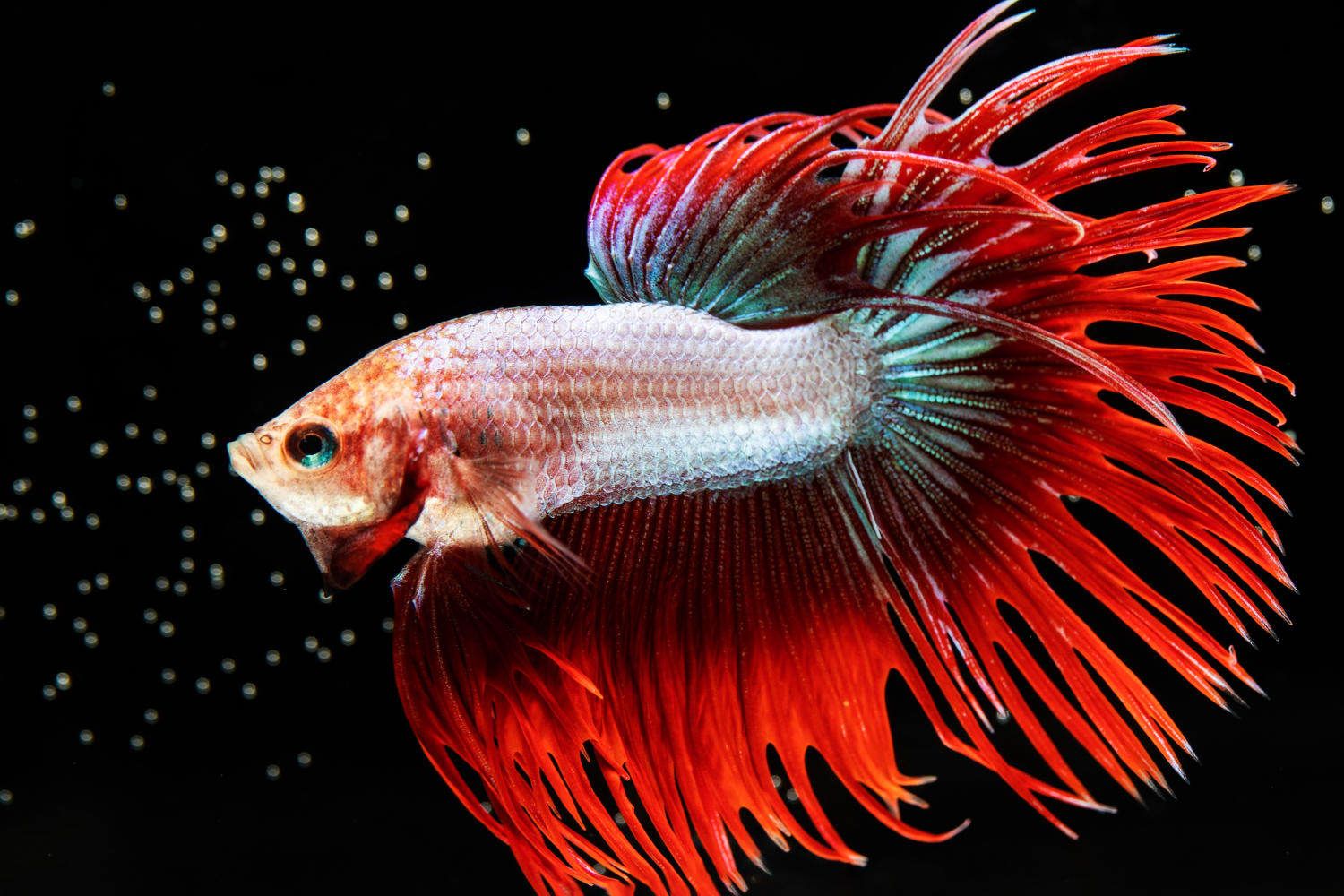
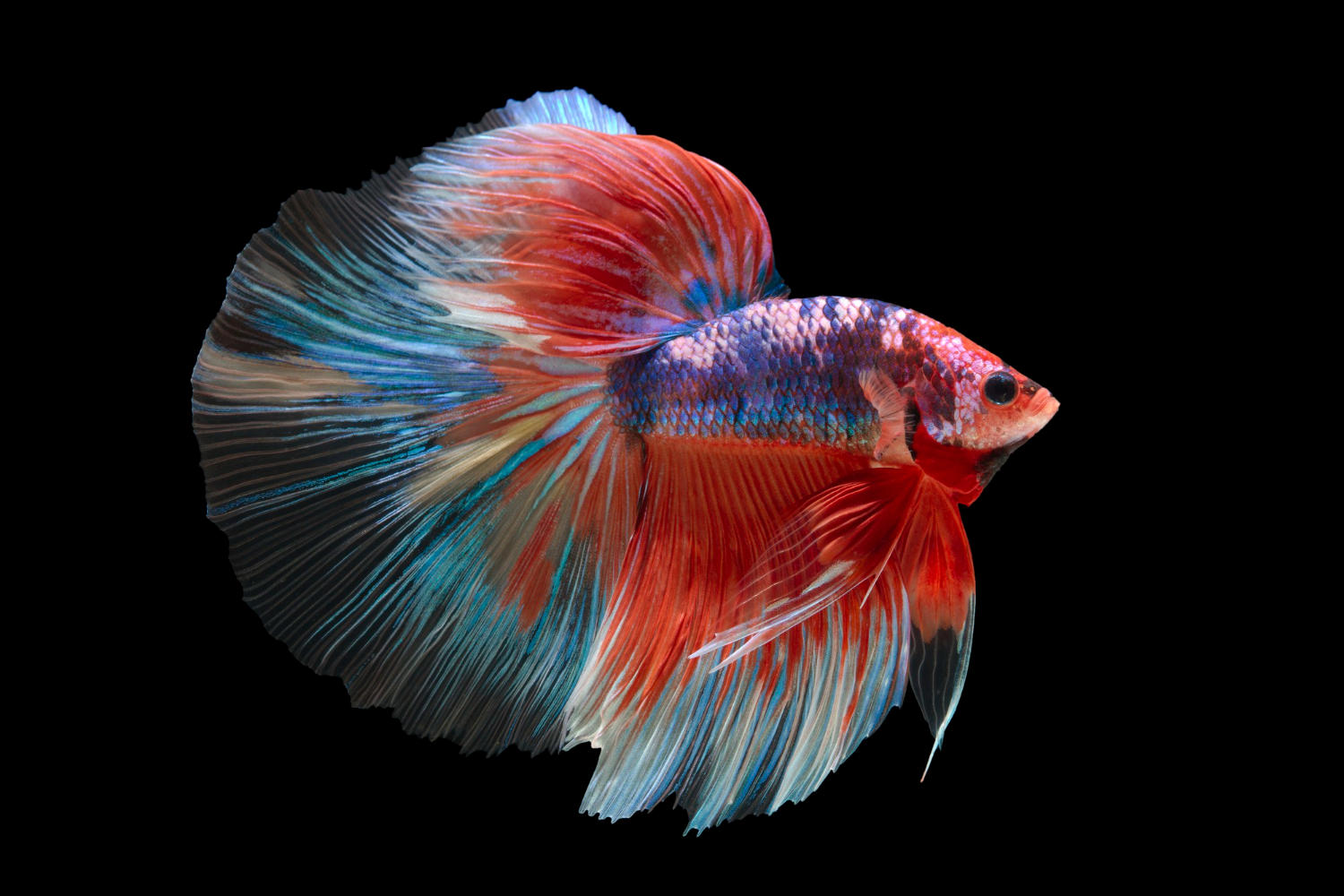
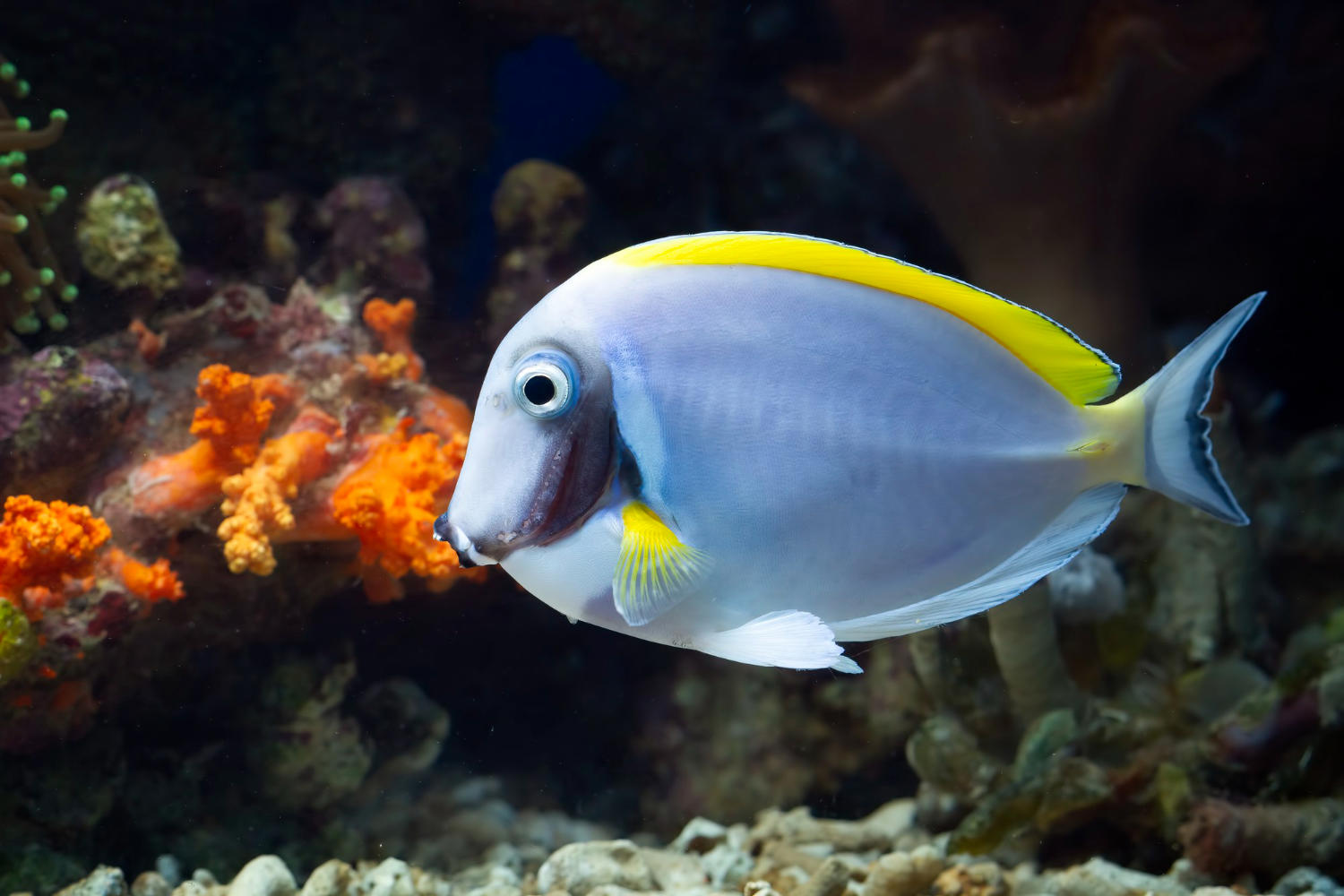
.jpg)
